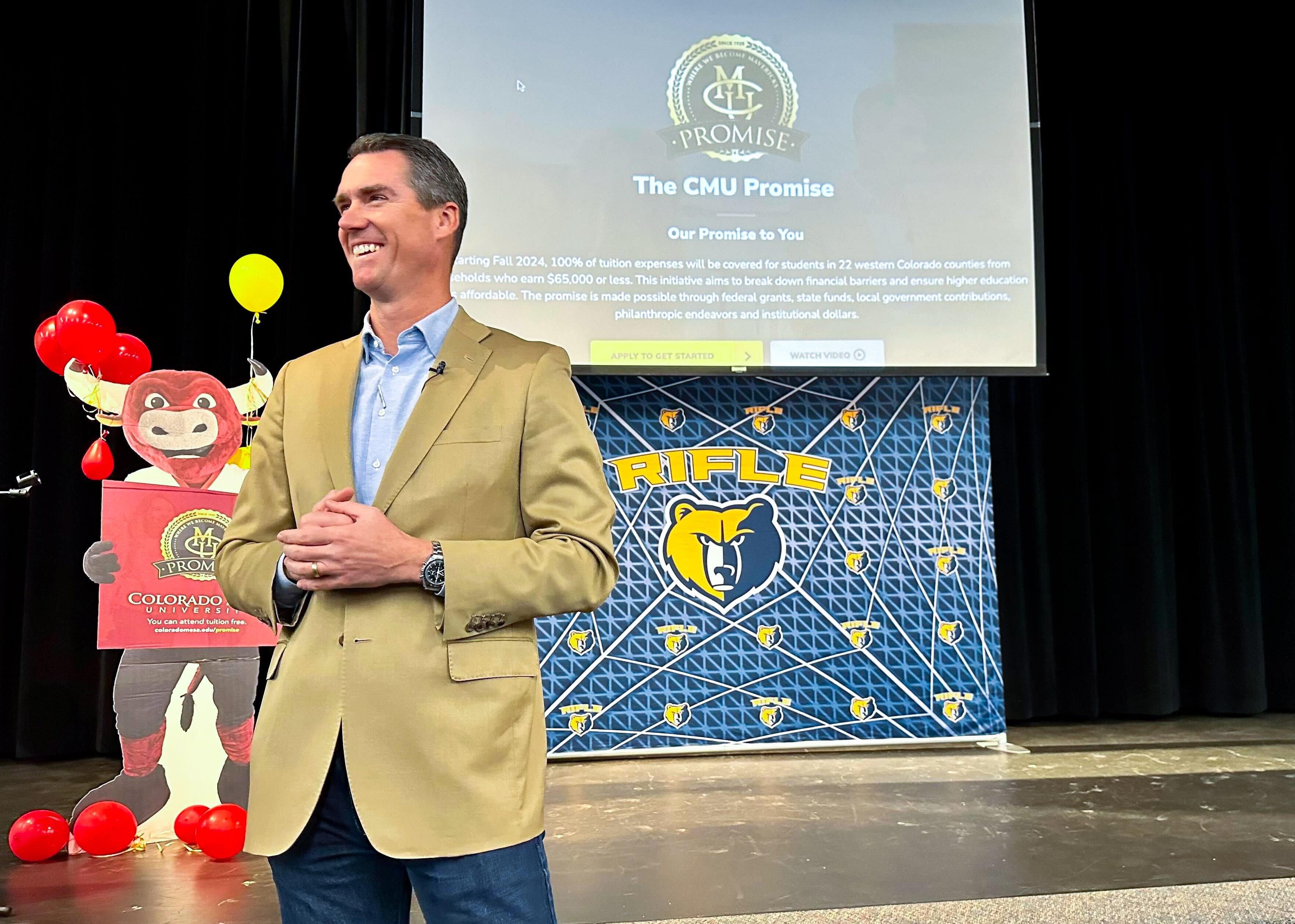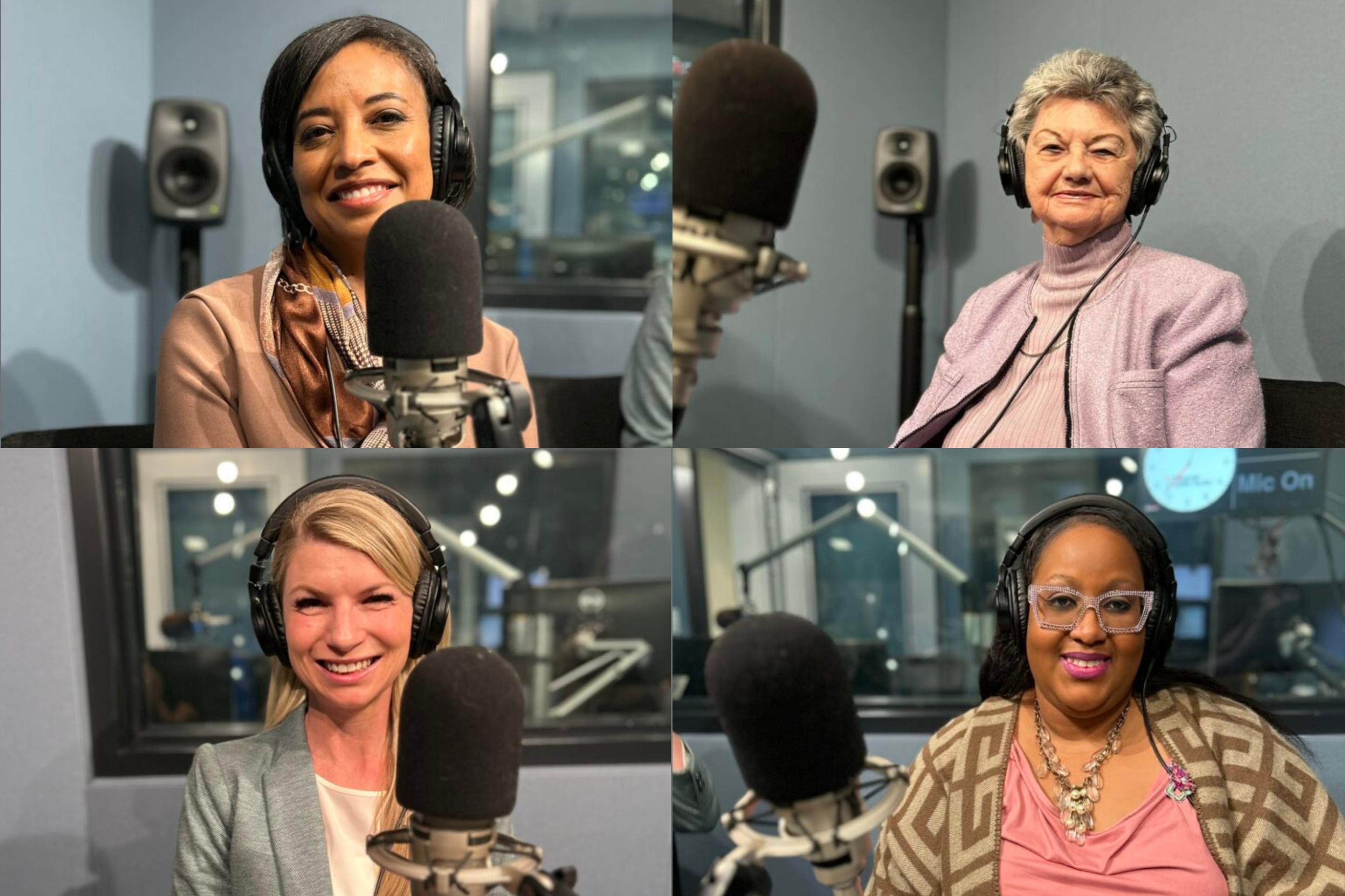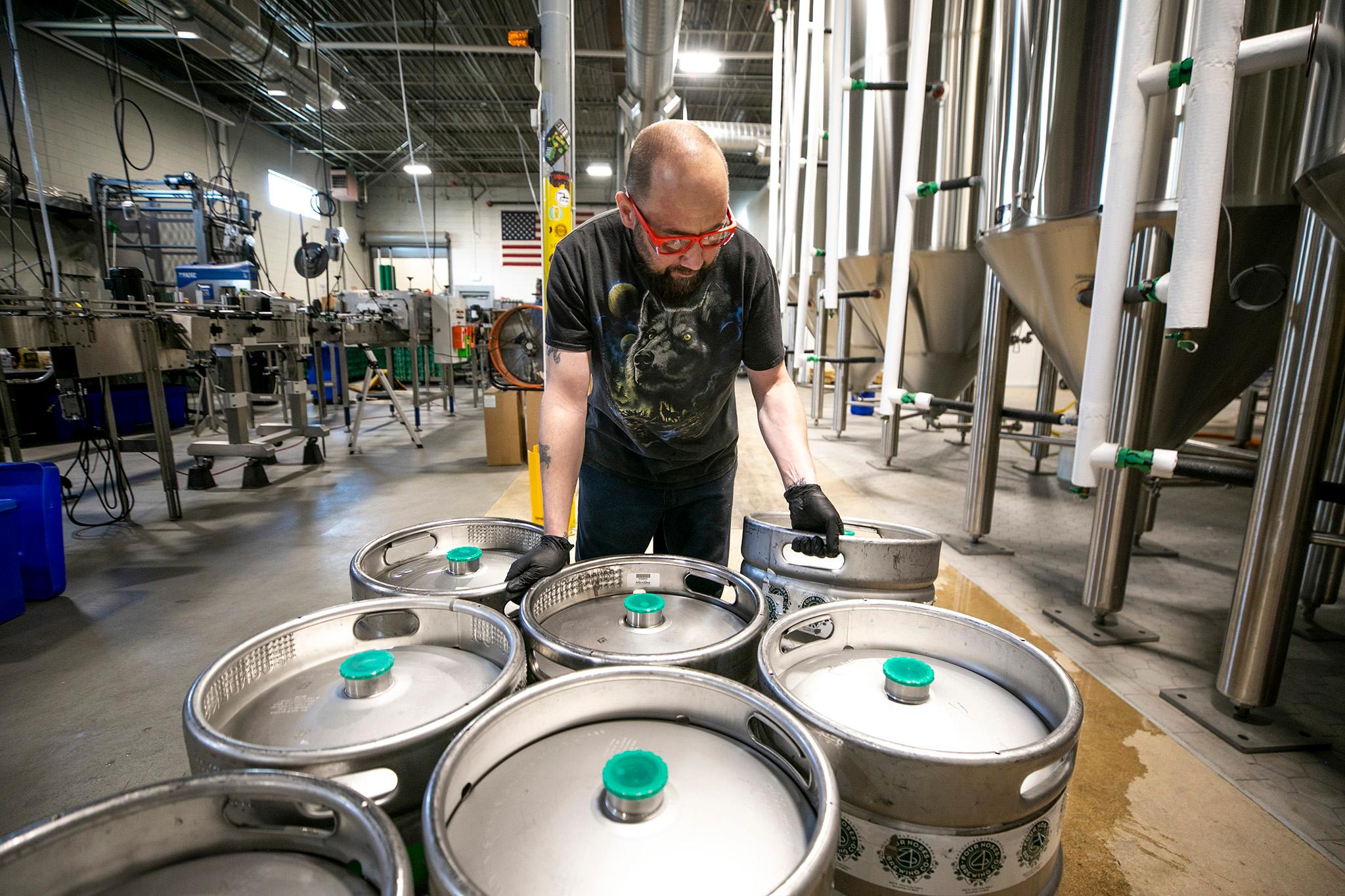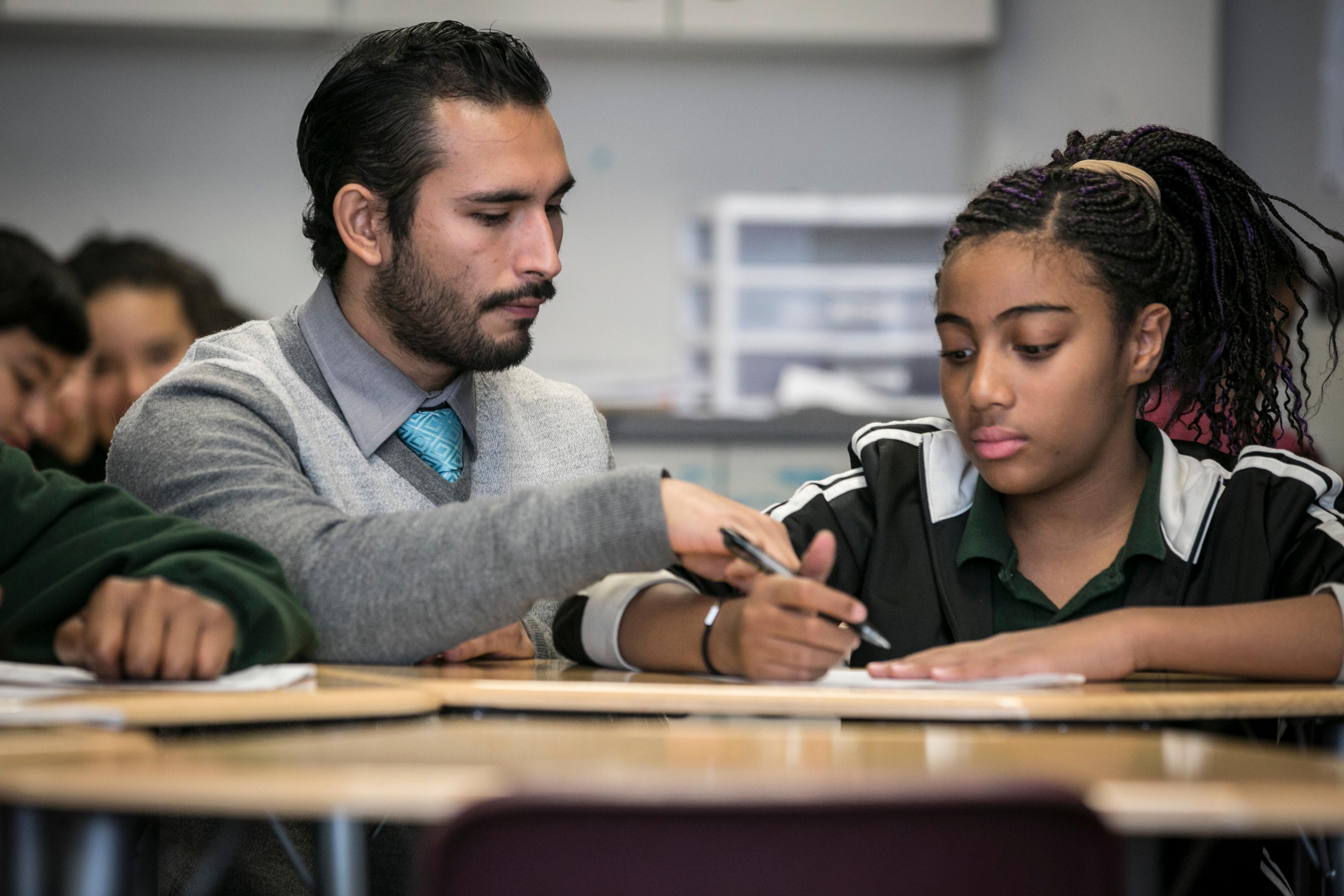
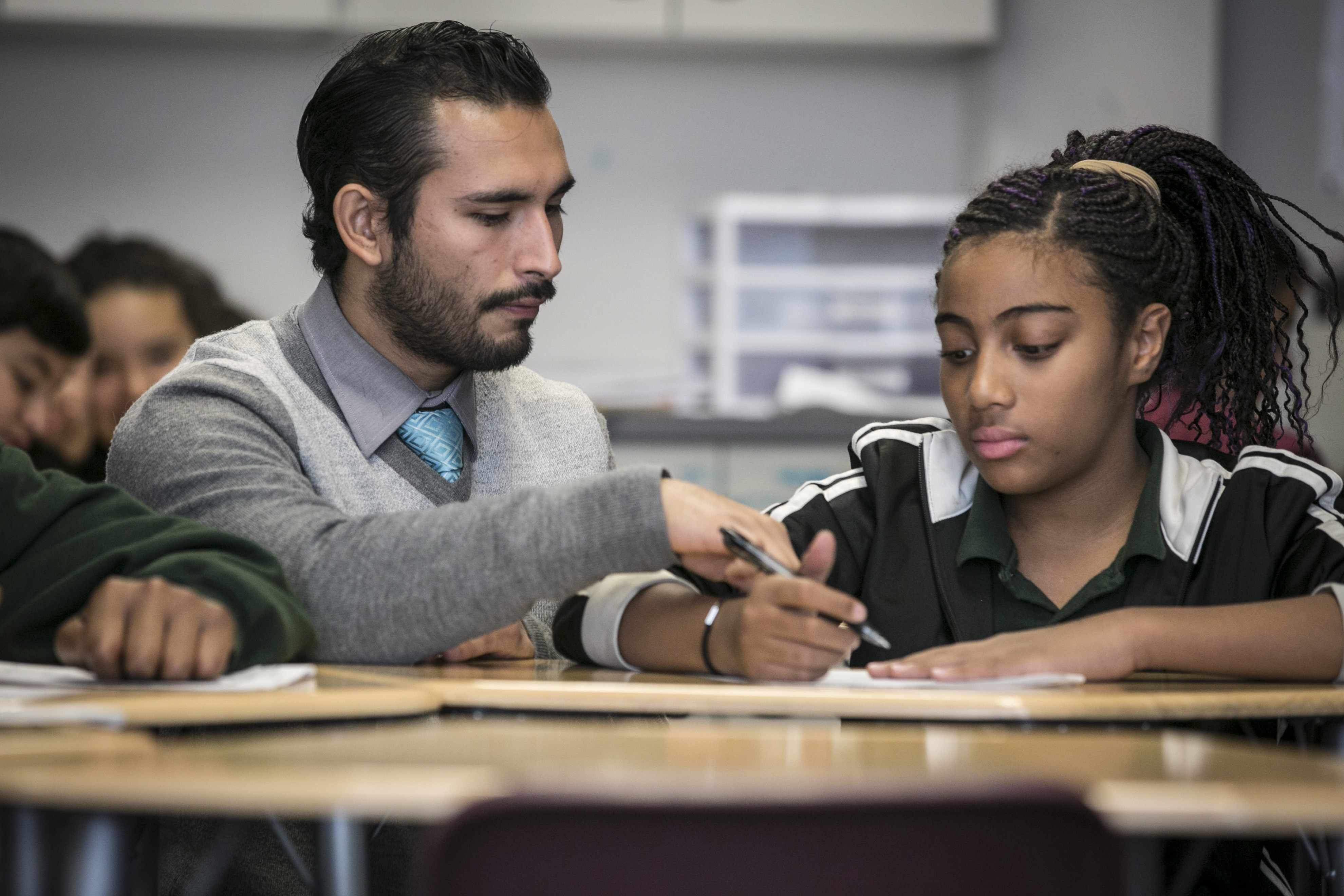
Colorado students’ standardized test scores are slowly improving, three years after a new, more difficult test was introduced.
The CMAS test grades whether third- through eighth-graders are meeting expectations, or are below or above that. New data released Thursday shows the differences are minimal between last year and this year, as is the case most years.
In English, across grades, 42.3 percent of students met or exceeded expectations. That’s up 1.9 percentage points from last year. In math, 32.8 percent of students are on target, about the same as last year.
“We are pleased to see performance improvements by so many students across Colorado, and we know this only comes after a lot of hard work and dedication from educators, parents and students,” Colorado Education Commissioner Katy Anthes said in a statement.
But Anthes also noted the persistent achievement gap between the state’s poorest students and others.
“In too many cases, those groups are not showing gains at a pace that will allow them to catch up,” Anthes said. “So [the department] will increase our focus on providing support to our districts and schools to help them with this challenge in the next few years.”
Increases over last year ranged from 1.5 percentage points in grade six to 5.8 percentage points grade five. Ninth-grade English saw a decrease of 1.6 percentage points. In math, increases ranged from 3.3 percentage points in grade 3 to 3.8 percentage points in grade four. Grade six saw a decrease of 0.8 percentage points and 1.6 percentage points in grade seven.
Though the results show many Colorado students aren't meeting expectations in English, math, social studies and science, the tests do reflect more difficult academic standards. They measure things like critical thinking and real world problem solving.
Results for 178 school districts and approximately 1,800 schools can be found here.

